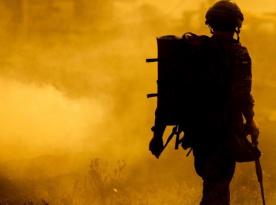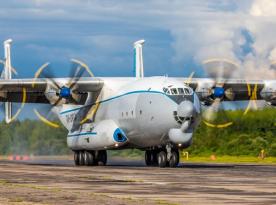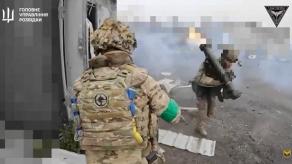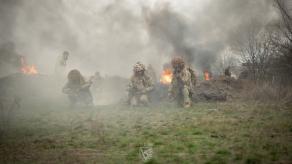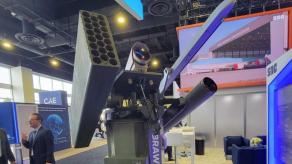Military media noticed that the russian invasion army operating in Ukraine had started utilizing their BMP-3 infantry fighting vehicles in a non-standard role: for indirect fire, even though in this case the maximum firing range is limited to 4 kilometers, or roughly 2.5 miles.
Initially, the new trend was spotted and described by ArmyRecognition, then Polish Defence24 explained the "fundamental conceptual and technical problems" compelling the russians to resort to this tactic, including downsides of the weapon and equipment arrangement inside the vehicle and insufficient level of protection.
Read more: American M1117 APCs Arrive in Ukraine: Anticipation Since 2022
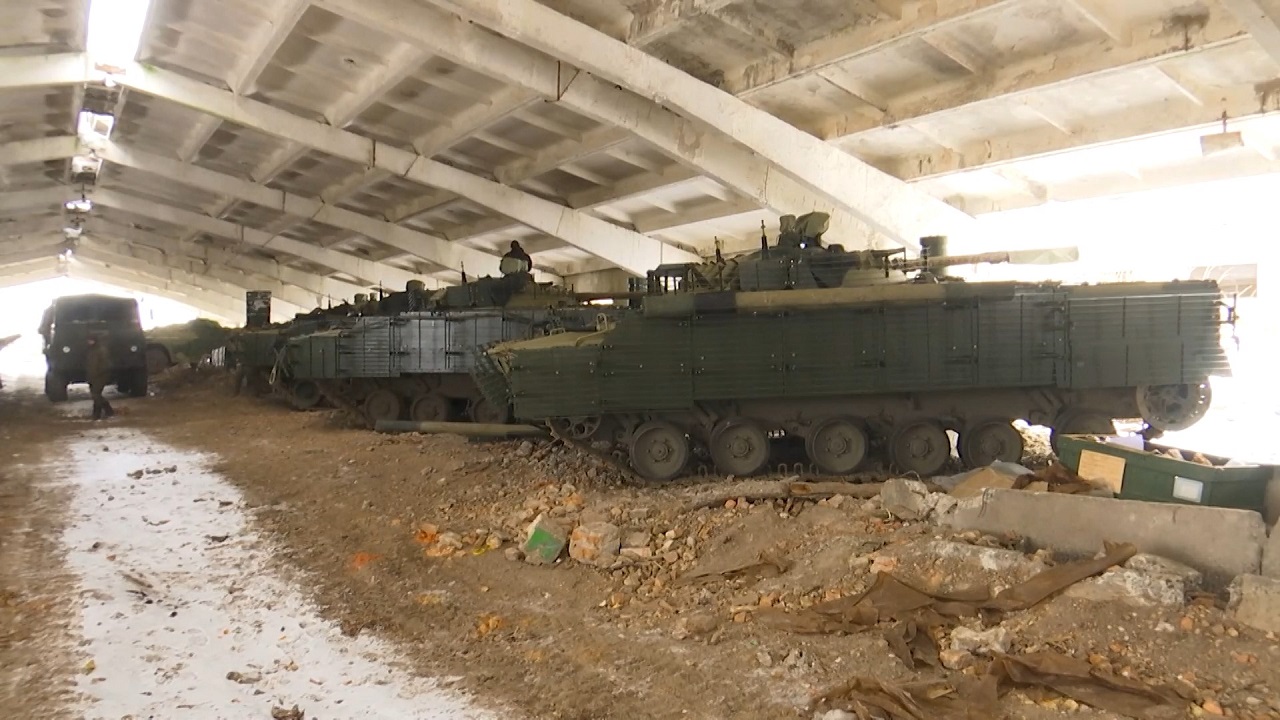
As noted, most frequently BMP-3 firing like quasi-artillery, sometimes referred to as "assault guns," were seen near Kupiansk city in the northeastern part of Ukraine. Soldiers from the russian 1st Guards Tank Army used BMP-3s to support the infantry with indirect and direct fire on Ukrainian positions.
For that purpose, the BMP-3 has quite a powerful armament: double barrel with a 100mm gun and a 30mm autocannon, magazine is 40 big rounds and 500 smaller ones, respectively. This combination makes BMP-3 practically a modern equivalent to the Soviet SU-85 and SU-100 self-propelled artillery systems popular back in the days of World War II.
However, using BMP-3 in such a way is a last resort for the russian forces, prompted by the vehicle's poor performance in its original role. The IFV proved to have too weak of a protection, even additional unique armor kits did not help much. Moreover, the crew is quite literally sitting on a stock of 100mm ammunition, any hit landing on this compartment leads to an instant fatal outcome.
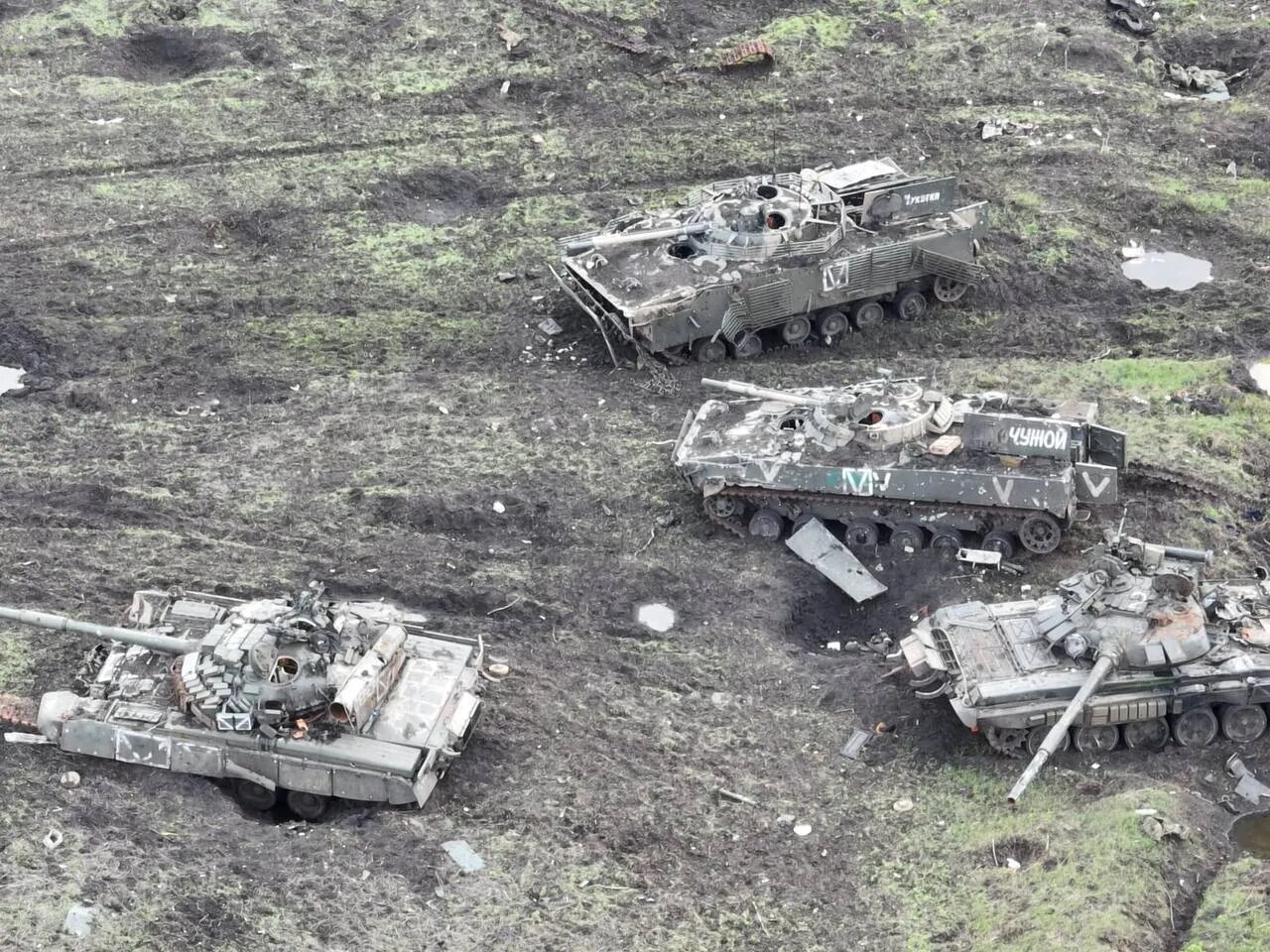
Now, let's take a look at the bigger picture. Defense Express reminds that around the spring of 2023, russian invasion forces across the frontline received first T-54/55 main battle tanks which showed effectiveness when used in the same "assault gun" manner. Now we can see them deploy BMP-3s for this purpose, too.
Importantly, BMP-3 vehicles are quite scarce in the russian army: according to data from early 2022, before the beginning of their invasion of Ukraine, russian armed forces had only 600 armored vehicles of this type overall.
This situation, in turn, raises questions about where the specialized vehicles are, which were intended to perform this function on the battlefield in the first place. For a reminder, there was the Pat-S self-propelled howitzer (152mm) project based on the BMP-3 chassis, the russians were even announcing its revival in May and September 2023. Another initiative was the plan to commence mass production of the 2S25 Sprut self-propelled gun which should be a more powerful analog of the BMP-3, although featuring all the same protection drawbacks, too.
In more detail about the reasons leading to why russia's previously announced weapons have not yet appeared in the troops, Defense Express wrote in this article.
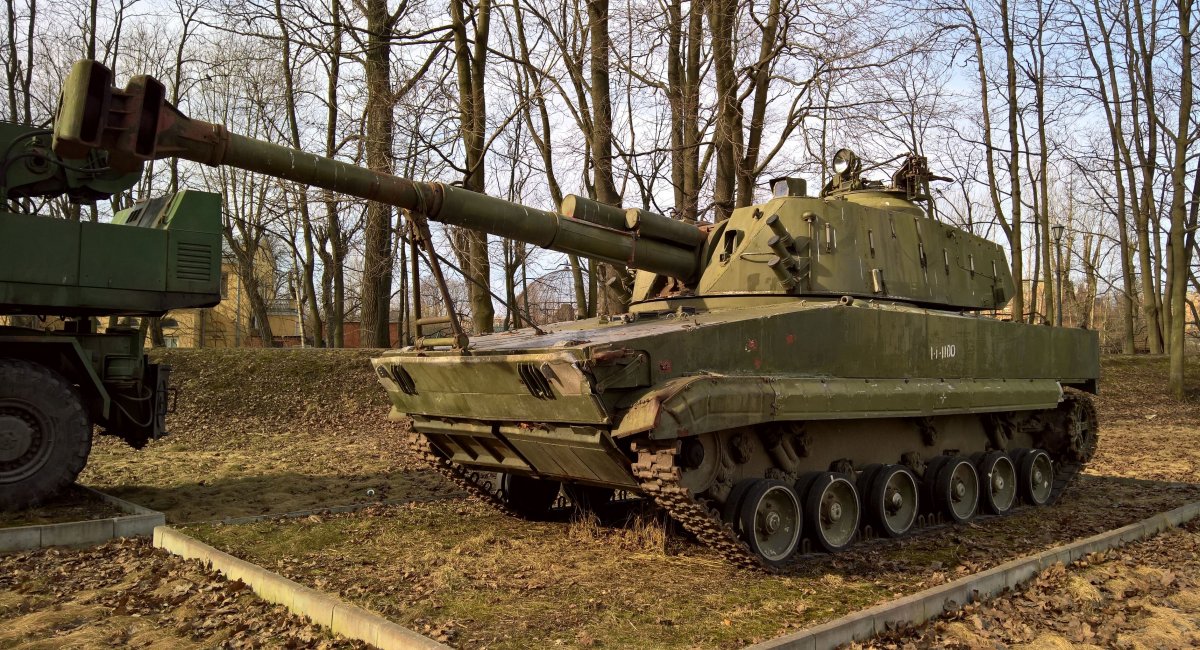
Read more: Ukrainian Defense Forces Destroy Over 13,000 russian Armored Combat Vehicles in Two Years





